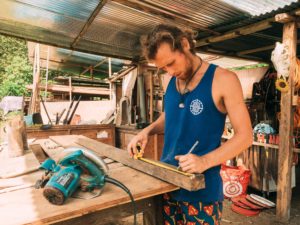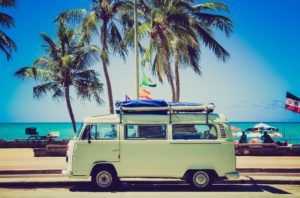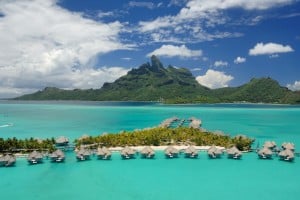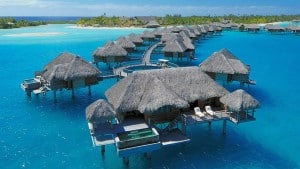Kalu Yala Lawsuit Is A Rumor, Be A Part Of Their Study Abroad Program
It is a rare occurrence that great ideas come to life. Only a few people get to achieve this success, and when it does happen, it’s not an easy climb.
Such is a story behind the sustainable village Kalu Yala, and its founder Jimmy Stice. In this post, we will be looking into the history of this community, the rumors spread by the media behind it, the truth about what Kalu Yala’s mission is, and why rumors of a Kalu Yala lawsuit are completely unfounded.
The Background Story of Kalu Yala
So, how did Kalu Yala came to be? How did it start? This idea came about when Jimmy previously worked as a land investor. He was interested in looking at properties in Central and South America. Being an earth-lover himself, he envisioned a community where all things came from nature and are powered by sustainable practices.
With the support of many investors and like-minded people, he was able to establish Kalu Yala, which became fully operational in 2007. He started the study abroad program within the village to encourage interns and other professionals looking for experience to learn and contribute to the development of the village.
Jimmy received a lot of attention from news and media outlets. He was even invited to speak at many conferences such as TED Talks to discuss his idea. Many marveled at his vision, thus he gained a lot of supporters for his Kalu Yala project.
The Rumors Behind Kalu Yala
After much attention from the news and other media companies, Jimmy began to become a victim of sensationalism.
There were articles published that talked about students leaving because of issues within the village. These rumors were not true, as most of the students who left did so because of personal reasons, and they were only a very small percentage, just like any other internship sites.
As if the attacks were not ending, there were other reports that mentioned that there was a Kalu Yala lawsuit. These allegations are false. There is no Kalu Yala lawsuit, and Jimmy does not face any charges for that matter. The media outlets placed a dramatized version of what the story is really all about and obscured the vision that Kalu Yala was built for.
The Truth About Kalu Yala
Despite the adversity of experiencing negative media exposure, Kalu Yala stands strong and still remains one of the top study abroad programs in Central America. Here are some of the great things that students can learn in Kalu Yala.
Learning about sustainable engineering and construction
When homes are built from natural materials, and raw construction items remain eco-friendly, it leaves lesser carbon footprints. Additionally, it is easier to source these materials because they come from the immediate environment. These are sustainable construction practices that students can learn in the village. As they tread on in their future endeavors, they can apply these learnings in their profession.
Learning about energy conservation
Energy conservation is one of the top concerns in the world today. More and more people are clamoring for change in the energy production sector, as our present sources are not sustainable and cause environmental problems as well. Students in Kalu Yala will be learning about ways to save energy through the use of watersheds, creating equipment that can source solar energy and wind energy turbines.
Learning about culture preservation
There is a way to preserve one’s identity without the expense of continuous positive development. This is what Kalu Yala hopes to bring. Panama is a land filled with opportunities for growth, but the community still hopes to preserve the identity of the locals through their cuisine, language, and art. Kalu Yala students can learn about these cultural factors and understand how they can be integrated into community development.
Kalu Yala, in the native language, means “Sacred Village”. When we take time to appreciate what is sacred in life, such as nature, our environment, and the people important to us, we begin to realize that we can still grow without harming them.
This is what Kalu Yala is all about. It is about protecting the only world we live in but still paving the way to progress for the future generations.




